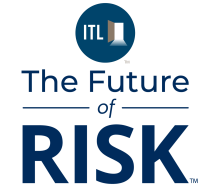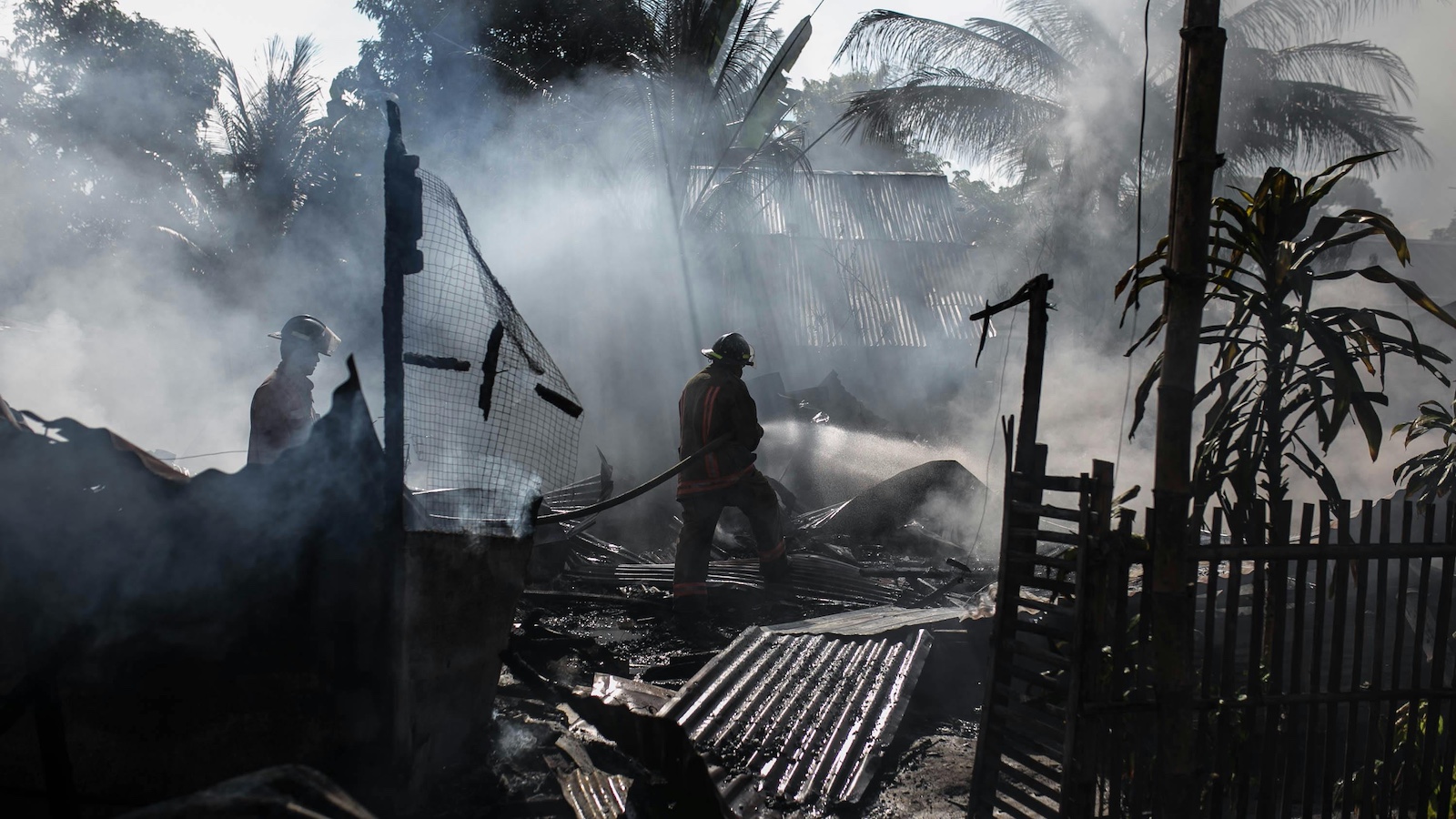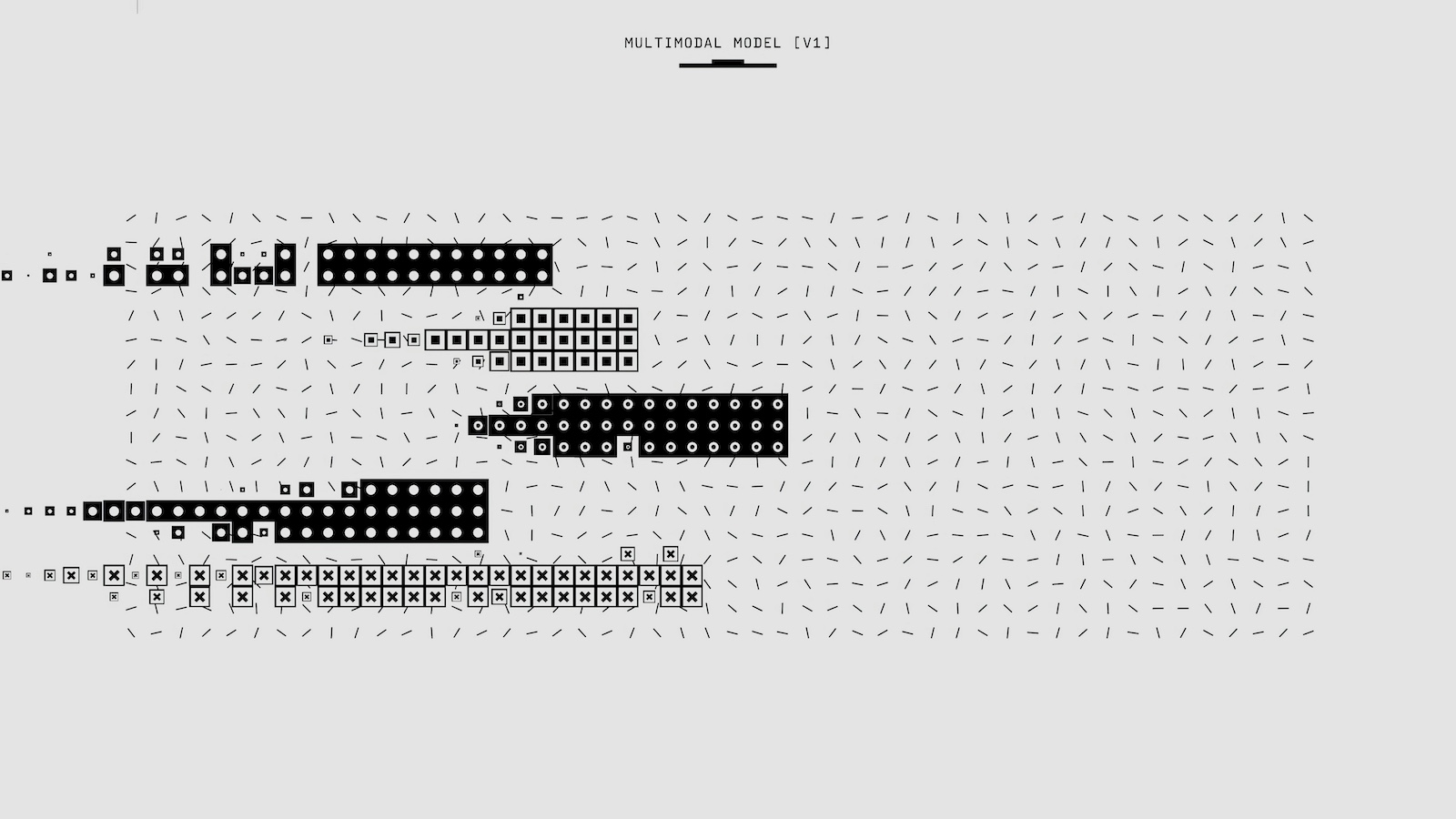For many of us working in the property & casualty (P&C) insurance world, the very ground beneath our feet feels like it's shifting. Here in Canada, we've seen it firsthand: the terrifying roar of wildfires sweeping through communities like those in Fort McMurray, the relentless deluge of atmospheric rivers causing historic flooding in British Columbia, or the icy grip of eastern Canadian winter storms that cripple infrastructure.
These aren't just isolated incidents any more; they're increasingly common and often more intense. And if you look beyond our borders, the story echoes globally – from super-typhoons devastating coastal cities in Asia to prolonged droughts turning landscapes into tinderboxes in Europe. These aren't mere headlines; they're direct, escalating challenges to the very promise of protection we make to our clients.
Catastrophe modeling has long been our steadfast companion, our indispensable compass in this turbulent environment. It's the science that helps us quantify the seemingly unquantifiable, to make sense of the immense, unpredictable forces of nature so we can price risk fairly and manage our portfolios responsibly.
But let's be honest: Even with our most sophisticated models, we've always been running a sprint against time, trying to extract insights from an ever-growing ocean of data. How do you keep pace when the climate itself seems to be "innovating" faster than ever? How do you make strategic decisions when crucial information is scattered across countless unstructured sources – every tweet from a storm-chaser, every drone image of a damaged rooftop, every local news report, every scientific paper on permafrost melt? Trying to sift through all that manually is like trying to catch water with a sieve.
This is where the story truly gets exciting. Large language models (LLMs) aren't just another buzzword or a fleeting tech trend. They represent a groundbreaking, fundamental shift. These powerful AI tools promise to profoundly change how we, as P&C insurers in Canada and across the globe, gain foresight, operate with efficiency, and build true resilience in an increasingly volatile world.
Yesterday's Playbook Won't Win Tomorrow's Game
"Business as usual" is a dangerous illusion, especially when it comes to managing natural hazards. The climate's relentless evolution means that historical data alone is no longer a perfect predictor. Urbanization pushes more valuable assets into vulnerable zones, from Toronto's burgeoning high-rises in potential flood plains to sprawling suburban developments near wildfire-prone areas. And in our connected global economy, a localized event – like a hailstorm over the Alberta prairies or an earthquake in the Pacific Northwest – can have immediate, cascading economic repercussions far beyond its initial footprint.
Our traditional cat models are incredibly powerful, providing precise probabilistic assessments from the structured data they ingest. But their "blind spot" has always been the sheer volume of unstructured, real-time information. Imagine a prairie hailstorm: the frantic social media updates from affected towns, the rapid updates from emergency services, the nuanced observations in a local building inspector's report. Or an Atlantic hurricane brewing: the subtle shifts in sentiment on local news channels, the firsthand accounts of coastal erosion. This constant torrent of informal yet vital information often gets missed or takes days of painstaking, manual effort to properly analyze and integrate. The real challenge for us now is to evolve beyond static risk assessments to dynamic, living insights that guide our decisions, minute by minute, whether we're managing a local Canadian community's exposure or a sprawling global portfolio.
Catastrophe Modeling: Ready for an Upgrade
Cat models aren't going anywhere. They will remain the analytical bedrock that allows us to manage immense risk. They elegantly break down complex natural perils into understandable components:
- Hazard: What's the storm doing? How hard is the ground shaking? What are the projected paths and intensities of wildfires across our vast Canadian forests?
- Exposure: What exactly is insured in this specific area? Every single building, every vehicle, every piece of infrastructure – from the gleaming high-rises in Toronto and Vancouver to the rural properties across the Prairies or the remote communities in the North.
- Vulnerability: How will these specific types of assets fare against those specific perils? What's the structural integrity of a building in Calgary against a severe hailstorm, or a coastal property in Nova Scotia against rising sea levels and storm surges?
By running countless simulations, these models provide us with the probabilities of loss. This crucial information informs everything from how we accurately price policies and manage our portfolio aggregates, to how much reinsurance we judiciously buy, and how we intelligently allocate our capital. They truly are the unsung heroes of our financial stability, both here in Canada and across our international operations.
Giving Our Cat Models a Voice and a Memory
Here's where the transformation gets truly exciting. LLMs, the same technology powering much of the generative AI revolution, are masters at understanding, interpreting, and generating human language. Their superpower is processing the unstructured data – the very information stream that has historically challenged our traditional analytical tools. Imagine the possibilities when we bring this extraordinary capability to our catastrophe modeling and the wider insurance ecosystem:
1. Unlocking the Deluge of Unstructured Data: From Noise to Insight
- Beyond the Numbers: Picture this: LLMs can instantly sift through mountains of news articles, scientific breakthroughs on the thawing permafrost in Canada's North, real-time social media chatter during a widespread power outage in Ontario, emergency dispatches from a flood-stricken town in Quebec, even subtle contextual notes attached to drone inspections of wildfire-damaged forests in Alberta or B.C. They pull out crucial, real-time nuggets about evolving dangers, localized damage, or hidden community vulnerabilities. No more missed signals, no more slogging through disparate reports.
- Policy Language, Instantly Understood: We all know how dense and regionally specific policy documents can be. LLMs can quickly read through vast libraries of policies, identify complex peril exclusions or specific coverage triggers – perhaps related to overland water coverage, wildfire smoke, or even specific seismic zone endorsements. This ensures our exposure data feeding into models is precise and accurate, minimizing ambiguity.
- Adding Richness to Properties: Imagine automatically enriching property data with nuanced details like "a heritage brick house, built in the 1920s, with a newly reinforced basement, surrounded by mature trees in a high-wind zone" – all extracted from casual notes, historical records, or even public property descriptions. This adds crucial layers to our vulnerability assessments within the cat models, whether for a home in Vancouver's urban interface or a sprawling farm in rural Saskatchewan.
2. Models That Learn and Adapt in Real-Time: Dynamic Foresight
- Dynamic Intelligence: LLMs can constantly scan the horizon for the latest scientific research on climate patterns affecting Canadian winters or global monsoon seasons, building code changes in coastal regions, or even subtle demographic shifts affecting urban exposure. This means our cat models can be updated almost continuously, reflecting the very latest understanding of risk, rather than waiting for scheduled, often less frequent, refreshes.
- "What If" Scenarios, on Demand: Actuaries and risk managers won't be limited to pre-packaged scenarios. They can simply ask in plain language: "What's the projected loss if a Category 4 hurricane makes landfall north of Halifax, combined with a 100-year flood in the surrounding areas, taking into account recent infrastructure upgrades and projected sea-level rise?" LLMs help translate these complex, nuanced questions into precise model inputs, allowing for tailored risk analyses for specific Canadian regions or global markets.
3. Clearer Conversations, Faster Decisions: Bridging the Understanding Gap
- Breaking Down the Jargon Barrier: Cat models produce incredibly complex, statistical outputs. LLMs can act as our expert interpreters, translating these highly technical results into clear, concise insights for everyone – from the CEO in the boardroom needing strategic context, to the underwriter assessing a new policy's risk, and the claims adjuster on the ground needing immediate, practical guidance. This vastly improves understanding and accelerates critical decision-making across the organization.
- Reports That Practically Write Themselves: Imagine automating the generation of post-event loss estimates, comprehensive portfolio analyses for both Canadian and international exposures, and even complex regulatory reports. LLMs can pull data from various sources and weave it into coherent, professional narratives, ensuring consistency and remarkable speed.
- Empathetic Communication, At Scale: In the chaotic aftermath of a catastrophe, LLMs can power highly empathetic and personalized communications to policyholders. Imagine instantly providing relevant instructions, real-time claim updates, and tailored support based on their specific policy and reported situation, whether they're affected by an ice storm in Quebec, a flood in the Prairies, or a distant earthquake.
4. Agile Claims Management Post-Event: Swift Response When It Matters Most
First Notice of Loss, Redefined: LLMs can instantly process unstructured inquiries from phone calls, chatbots, emails, and social media, extracting crucial claim details and automatically kicking off the claims process much faster. This is particularly vital in large-scale events that affect thousands across a broad geographic area.
- Instant Damage Triage: When combined with computer vision (analyzing drone footage or policyholder photos from a disaster zone), LLMs can provide immediate preliminary damage assessments, prioritizing and triaging claims for human adjusters, ensuring help gets to those who need it most, faster.
- Smarter Fraud Detection: By analyzing textual patterns in claims narratives, cross-referencing data, and spotting inconsistencies, LLMs can significantly bolster our defenses against fraudulent claims, protecting our integrity and resources across all markets.
5. Sharper Underwriting and Portfolio Strategy: Precision Risk-Taking
- Real-time Risk Pricing: Underwriters can leverage LLM-derived insights from real-time data to refine risk assessments and adjust pricing dynamically, ensuring our rates truly reflect evolving perils and exposures across different geographies, from Canada's unique risk zones to global territories.
- Optimized Reinsurance: With more granular, living risk insights, we can make smarter decisions about our reinsurance purchasing and capital allocation, strengthening our financial position against both Canadian-specific and global catastrophic events.
6. Navigating Regulations with Ease: Global Compliance, Local Insight
- Always Compliant: LLMs can continuously monitor regulatory updates across various Canadian provinces and diverse international jurisdictions, automatically flagging potential compliance gaps related to our cat model usage or data reporting.
- Effortless Reporting: Automating the heavy lifting of compiling data and narrative for complex regulatory filings, significantly reducing manual effort and potential for error, ensuring we meet all obligations efficiently.
Navigating This New Frontier Together
This isn't to say it's easy. Bringing LLMs into our world comes with real, tangible considerations:
- Data Integrity & Trust: We need absolute certainty that the vast amounts of data feeding these LLMs – often sensitive and proprietary – are accurate, secure, and used ethically. Robust data governance is paramount, ensuring compliance with Canadian privacy laws and international standards.
- Bias and Transparency: LLMs can inadvertently pick up biases from their training data. We must ensure model transparency and keep our expert "human-in-the-loop" to ensure fair, explainable, and equitable outcomes, adhering to the highest ethical standards.
- The Integration Puzzle: Seamlessly connecting LLMs with our existing cat models, core insurance systems, and diverse data sources will require thoughtful architectural design and skilled engineering. It's about building bridges, not just adding new components.
- Building New Skills: We'll need to invest in our people, developing new skills in data science, AI engineering, and even "prompt engineering" – the art of asking LLMs the right questions. This upskilling will be crucial for Canadian talent to lead not just at home but on the global stage.
- Evolving Regulations: As with any transformative technology, clear regulatory guidelines will need to evolve across jurisdictions – from Ottawa to Brussels, Washington D.C. to London – to ensure responsible adoption across the industry.
The path forward is about intelligent experimentation and collaboration. It's about launching strategic pilot programs, fostering true collaboration between our cat modelers, data scientists, IT teams, and business leaders. And crucially, it's about partnering with technology leaders who genuinely understand both the intricate world of insurance and the nuances of AI.
Conclusion: Amplifying Our Foresight, Fortifying Our Promise
The convergence of catastrophe modeling and large language models marks a pivotal moment for the P&C insurance industry.
LLMs are not here to replace the profound expertise of our cat modelers, or the critical human judgment that guides our underwriters and claims professionals. Instead, they are here to be powerful augmentations – tools that amplify our human capabilities, allowing us to see further, respond faster, and operate with unprecedented precision.
By strategically embracing this LLM revolution, we can move beyond merely reacting to risk to truly anticipating it. We can gain deeper, more dynamic insights into peril, exposure, and vulnerability, leading to more accurate pricing, faster claims processing, and more resilient capital management.
In an increasingly uncertain world, the P&C insurers – particularly those navigating Canada's unique and evolving risk landscape and contributing to the global insurance market – that boldly and thoughtfully adopt this new paradigm will not only strengthen their own foundations but also provide greater stability, security, and peace of mind to their policyholders.
We will solidify our role as essential pillars of societal resilience. The time to explore this transformative frontier is now – with authenticity, courage, and a clear vision for a more secure future.







